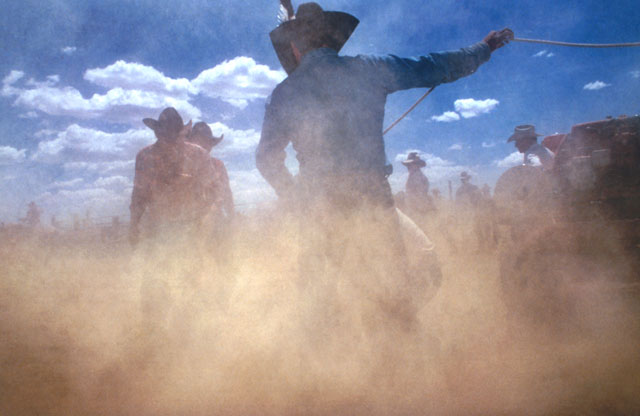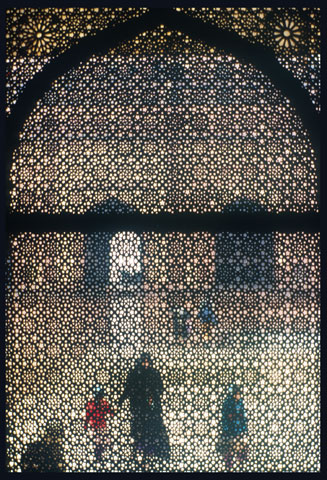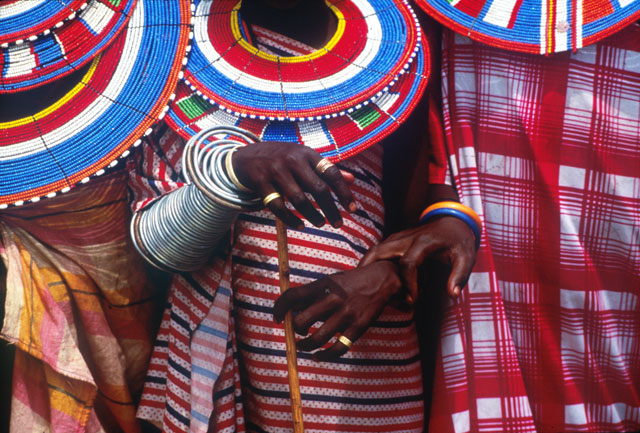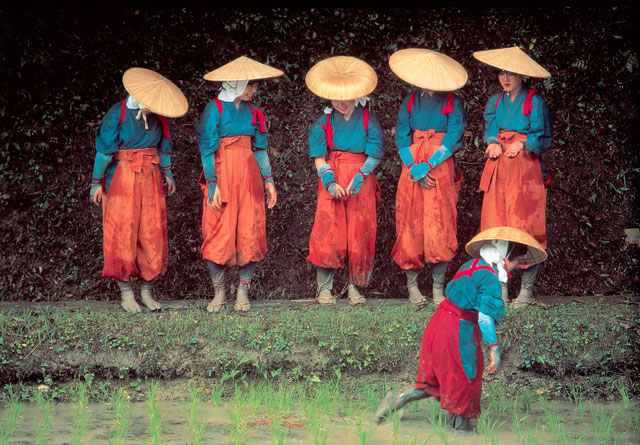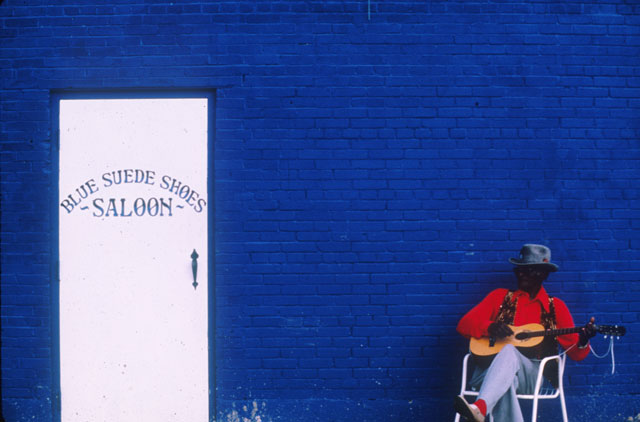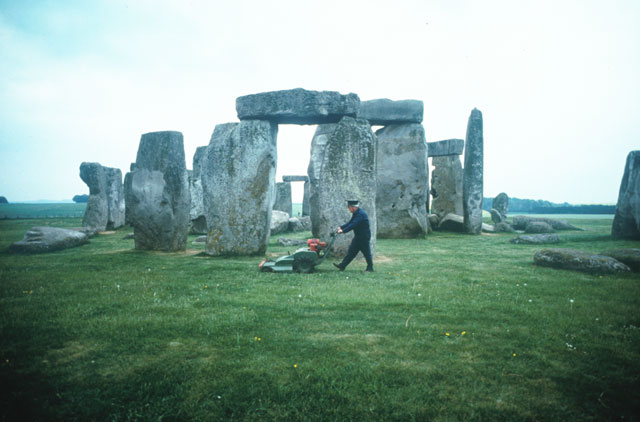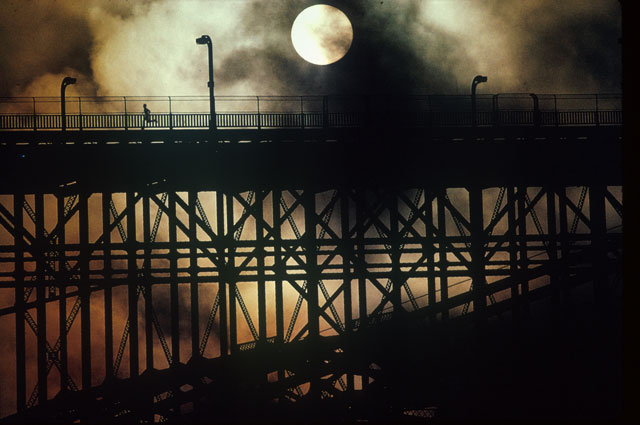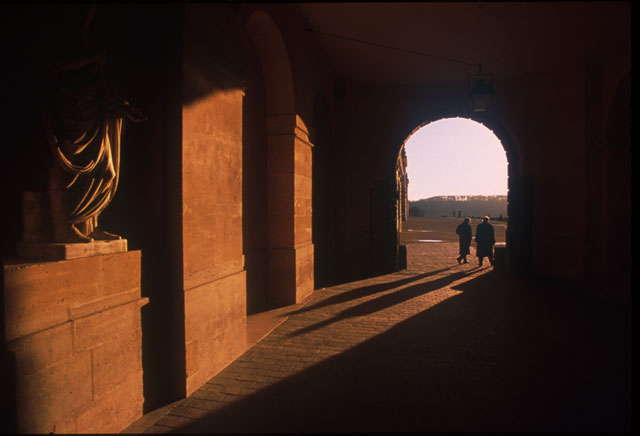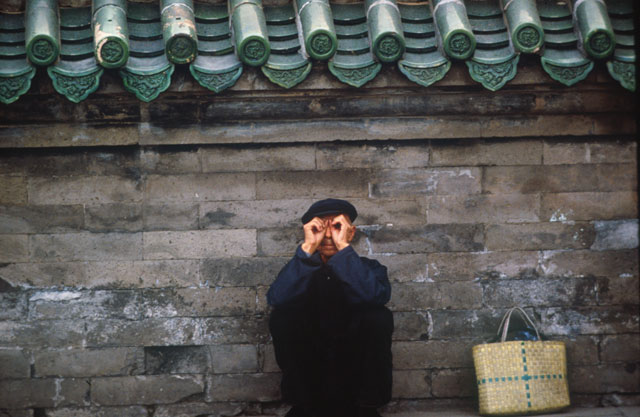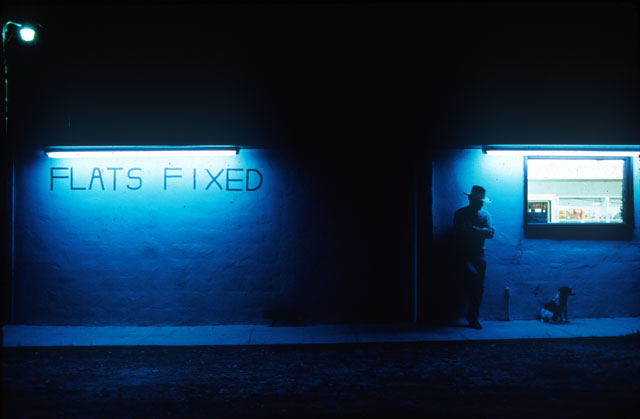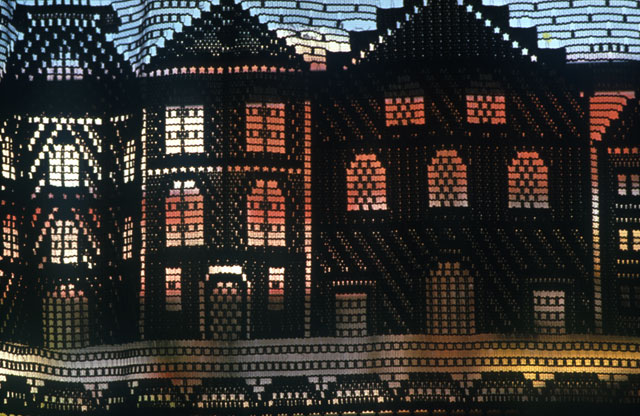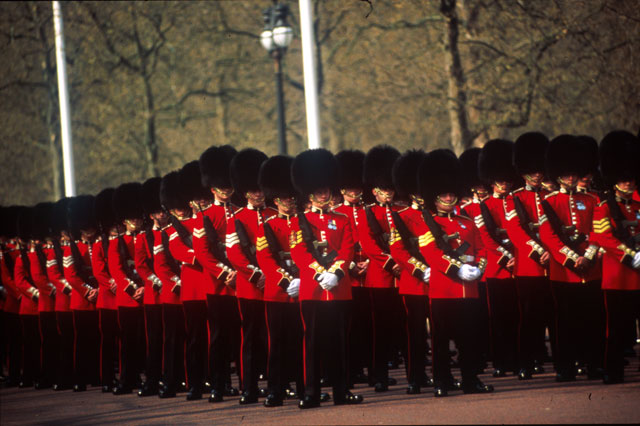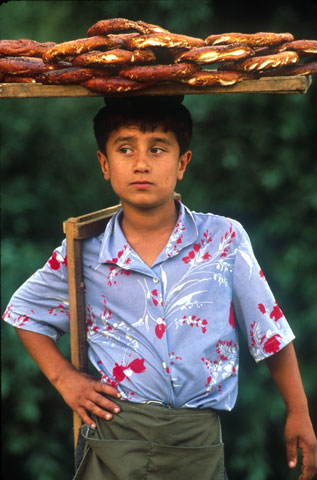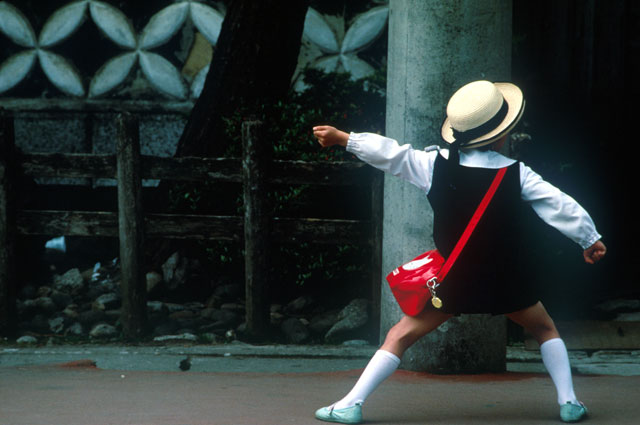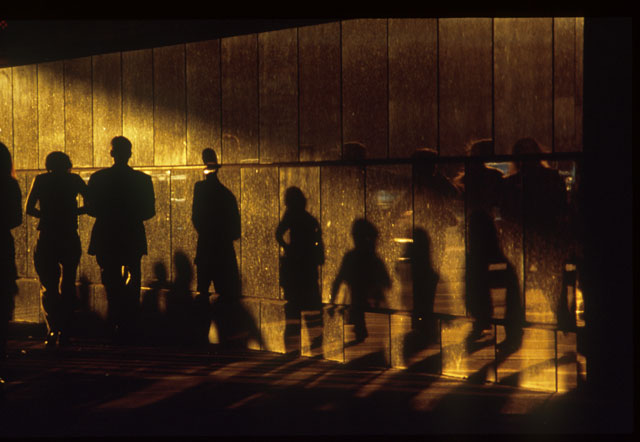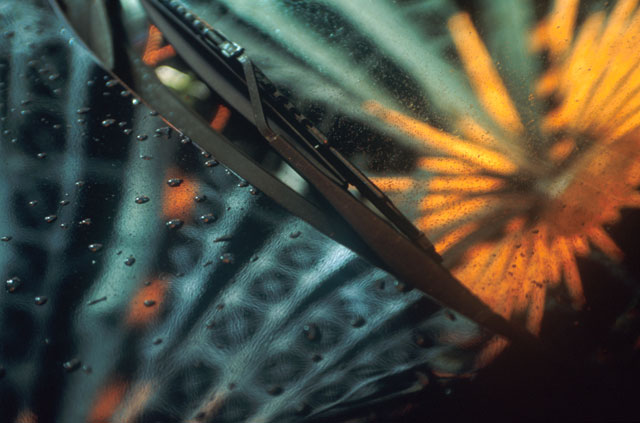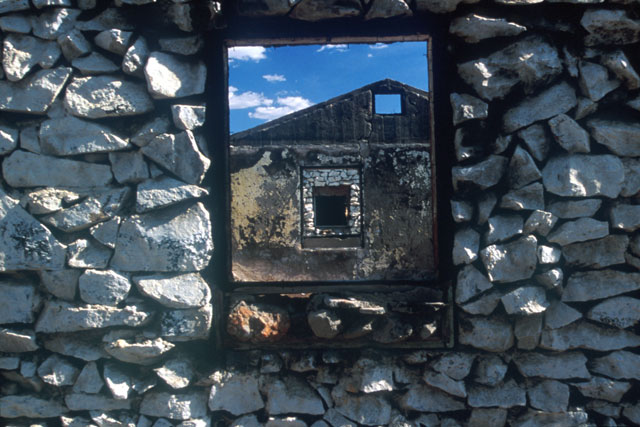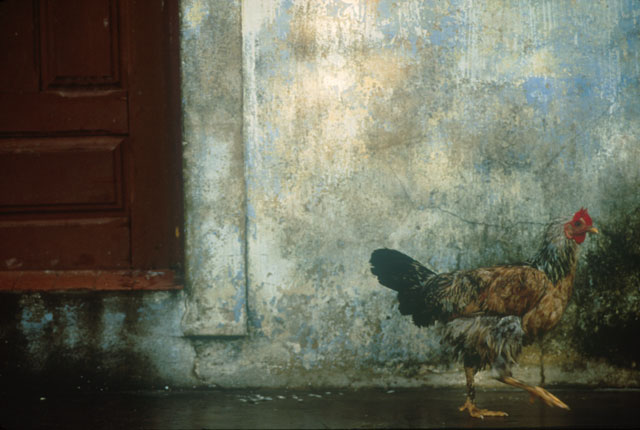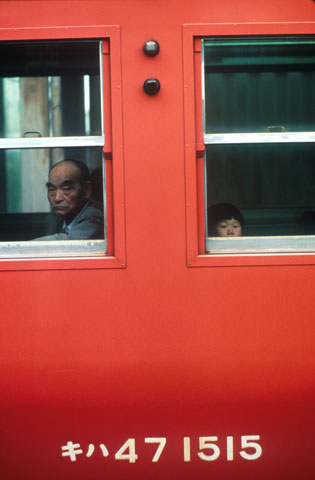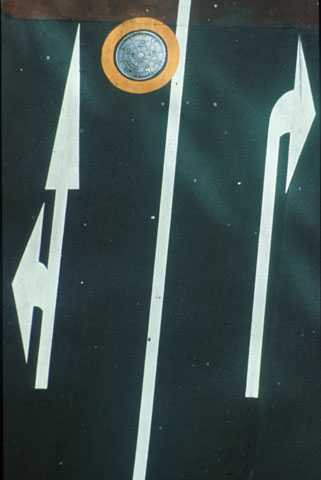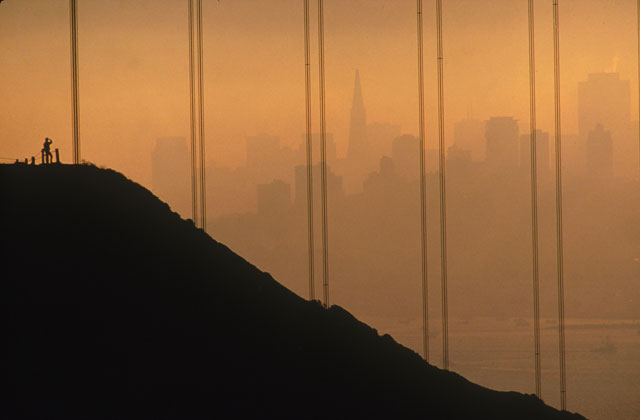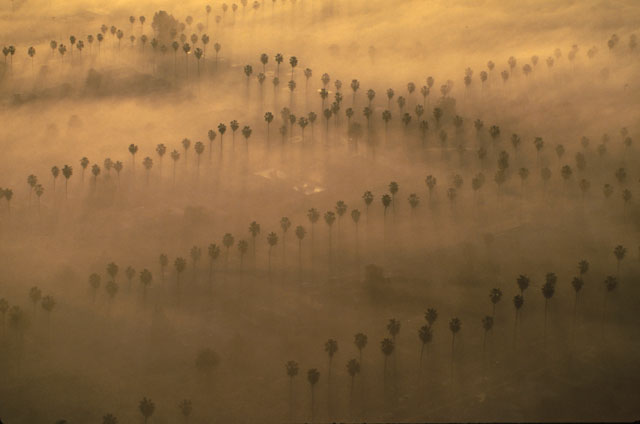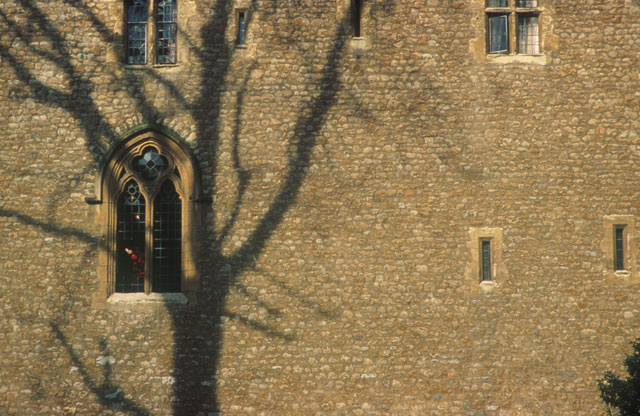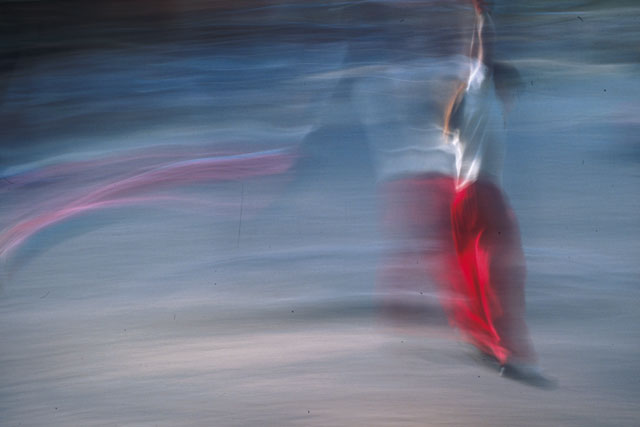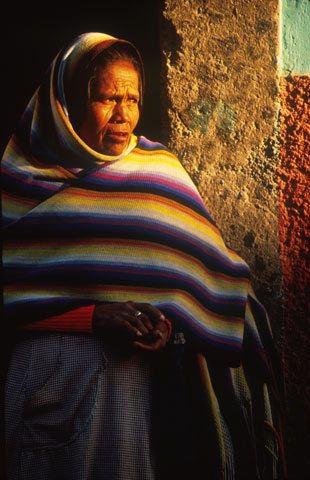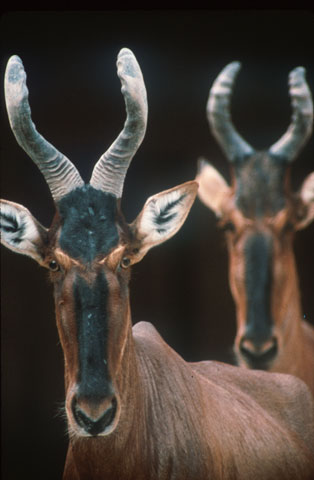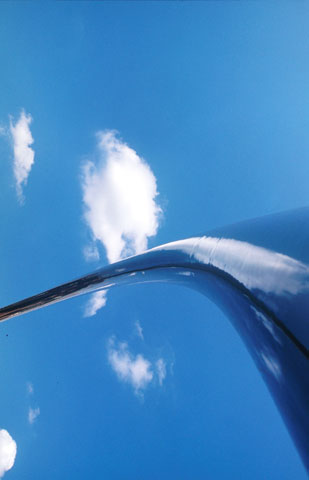The Stories that Can be Told Through Photography
Arthur Meyerson is a Nikon Legend Behind the Lens.
When he was asked to evaluate his own work, Arthur Meyerson said, "One of the things I've always tried to do in taking pictures, whether they're for a client or myself, is to say the most with the least, kind of like a short-story writer.... That's why I think my work succeeds: the pictures always seem to be about something; they're more than just records of the moment."
In his career, Arthur has photographed for annual reports, corporate brochures, national advertising campaigns and editorial illustration as well as for stock sales and assignments for, among others, National Geographic and The New York Times.
"I like to mix it up," Arthur says. "On a commercial level, I've always tried to avoid boxing myself in because I never wanted to work for just one type of client or one type of industry. I love the fact that one day the phone call can be to do a portrait shot, the next day to travel to some exotic place, the day after that to do something more mundane. I never know what's coming next, and I thrive on that."
And, of course, he adds, "I thrive on the fact that the phone keeps ringing."
Arthur began to establish his career in Houston in the 1970s during the boom days of big oil. "There were many graphic design firms here producing great work, and they needed pictures to work with." But right from the start, he refused to limit himself to images that documented the growth and development of an area and a lifestyle. "I began to look elsewhere to do other types of photography," he says. Soon he was making trips to New York City, Chicago, Los Angeles, San Francisco and Atlanta. "I knew at some point, I wanted to shoot for a national company, a Coca Cola, a Nike, companies like that, and I went to those cities and showed my work to agencies, design firms, magazines, anybody who bought photography. I wanted my name and my work in front of them."
What he showed them was his personal work as well as his commercial images, because it was the personal photographs that showed the breadth of his interests and his talent. "If you haven't done it, you're just talking about it," Arthur says. "It's the fishing story, only 'You should have seen the one that got away' becomes 'You should see the picture I can take.' Well, you've got to take the picture to show them what you can do."
Pretty soon he began to get calls and assignments. It worked out well, because the calls started coming just as the oil business started to bottom out in Texas.
From the very beginning, he has tried to avoid being categorized as a commercial or advertising or location photographer. "My interests run the spectrum of what's out there," he has said, "and I want and like the freedom to select whatever moves me—the light, the moment, an incident, a gesture, a graphic element."
While he doesn't get the choice of subject in his commercial work, he says he still looks for the basic elements he seeks out in his personal work: a quality of light, a strength or subtlety of color, strong graphic composition.
The seeking is not a task for Arthur, as photography is a lot more than a job—it's a passion. "I refer to myself as a photoholic. I love looking at pictures, looking for pictures and taking pictures. I hang out with photographers, talk shop with them all the time. I even once had a dream that was in the form of a slide show: an image would come up, then come to life, and then, click, another one would come and come to life...."
His passion drives his personal projects, which pretty much follow his interests. Like his series of cowboy photos. "They came from wanting to go to a ranch, a working ranch, and photograph a lifestyle that was always interesting to me as I was growing up in Texas. I wanted to see what it was all about."
Arthur's passion also includes teaching. Over the past ten years, he's inspired photography students from Florida to New Mexico, Tuscany to Mexico, and has even taught in China. "The course is called The Color of Light. I tell my students they should think about creating some kind of project or idea. Then they're not just shooting randomly, and they're showing that they can focus on something and bring energy and continuity to tell a story. When they're shooting for themselves I tell them to shoot what they're interested in."
Whatever interests you will make the best story.
 |
Arthur Meyerson has been an NPS member since 1977. |

